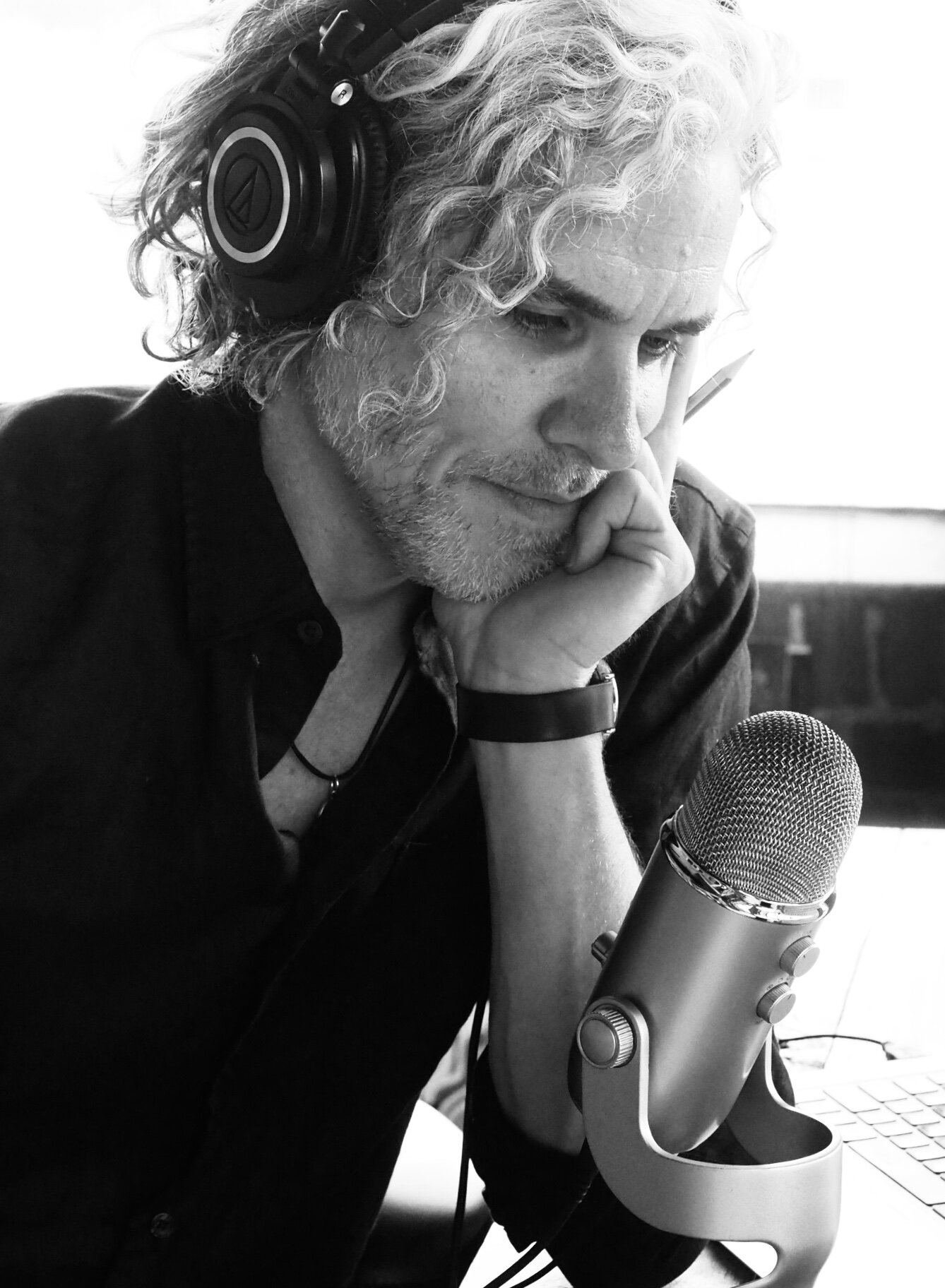In the kiva, as it has always existed, are stone benches around the wall, a fireplace and a draft deflecting stone which probably also has theological meaning, and above all a crease called the sipapu in the floor. This is the Place of Emergence, the notch through which souls enter the visible universe, climbing out of the mothering earth by way of the kiva's ladder and so entering the surface life of the world. In the Hopi and Pueblo world scheme, life comes only through the sipapu and sipapuni of the kivas of the Southwest. The sipapu is therefore the earth's vagina, the place where souls are born, each one in the lodge appropriate to its clan and its totem. Through the sipapu and up the ladder climbs all the energy and ambiguity of humankind ... I love big cities as much as any other urban decadent, and would find it hard to imagine life without the urban tumult and smell of spiritual and footpad danger. Just the same it has to be said that in big cities there are no sipapu. Mother becomes Ma becomes Mom. The city separates its citizens from the necessity of believing earth to be the chief of mothers. There are so many diverse trades in the big town, and it is from these, from the interaction between them, from the traffic of intentions rather than from the phases of the earth, that all plenty and all birth seems to derive.
- Thomas Keneally, author of Schindler's list, in his book The Place Where Souls are Born
